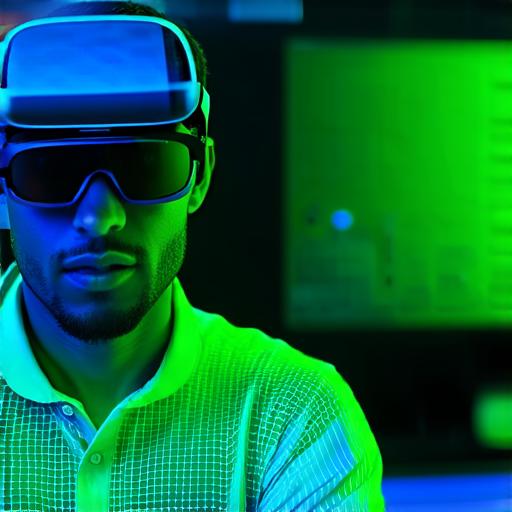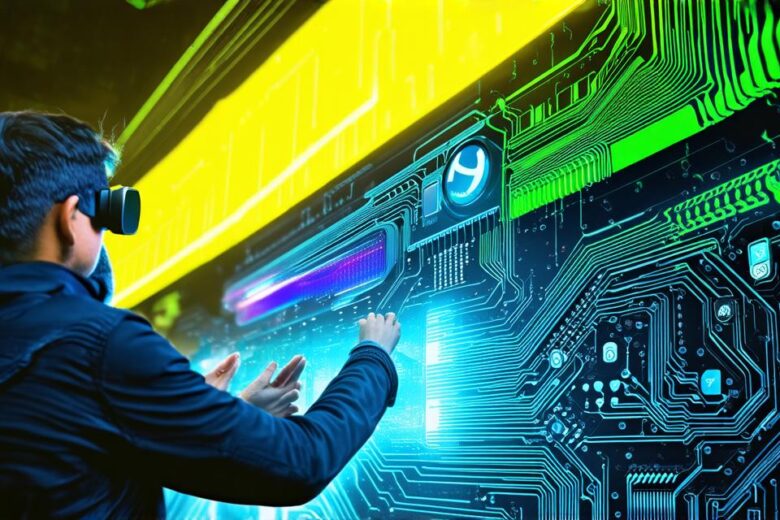In recent years, augmented reality (AR), virtual reality (VR), and mixed reality (MR) have become increasingly popular technologies.
These immersive experiences offer a range of benefits that can be used in various industries, from gaming and entertainment to education and healthcare.
Augmented Reality
AR is a technology that enhances the real world by adding digital elements on top of it. This allows users to see and interact with virtual objects in their physical surroundings.
One of the main benefits of AR is its ability to enhance user engagement. By allowing users to interact with digital elements in their physical surroundings, AR can create a more immersive and engaging experience.
For example, a car manufacturer could use AR to allow customers to customize their cars by adding different colors, decals, and other design elements.
Another benefit of AR is its ability to increase productivity. By overlaying digital information on top of the real world, AR can provide users with valuable data and insights that they can use to make more informed decisions.
For example, a construction company could use AR to help workers visualize the layout of a building and identify potential issues before they arise.
Virtual Reality
VR is a technology that creates a completely immersive digital environment for users. This allows users to feel as if they are in a different physical location or time period, and can be used in various industries, from gaming and entertainment to education and healthcare.
VR can be accessed through a headset or computer monitor.
One of the main benefits of VR is its ability to create a truly immersive experience. By surrounding users with a virtual environment, VR can transport them to another world and provide a level of interaction that is not possible with traditional media.
For example, a travel company could use VR to allow customers to take a virtual tour of a destination before deciding to visit in person.

Another benefit of VR is its ability to improve training and education. By creating a virtual environment that simulates real-world scenarios, VR can provide users with valuable experience without the risk of injury or damage.
For example, a medical school could use VR to allow students to perform surgery on virtual patients, providing them with a safe and controlled environment to practice their skills.
Mixed Reality
MR is a technology that combines the best aspects of AR and VR. By allowing users to interact with digital elements in their physical surroundings while also providing a fully immersive experience, MR can provide a unique set of benefits that are not possible with either AR or VR alone.
MR can be accessed through specialized glasses or headsets.
One of the main benefits of MR is its ability to create a balance between real and virtual worlds. By allowing users to interact with both physical and digital objects, MR can provide a level of immersion that is not possible with traditional media while still maintaining a sense of reality.
For example, an architect could use MR to allow clients to visualize their building designs in a realistic 3D environment, providing them with valuable feedback and insights.
Another benefit of MR is its ability to bridge the gap between physical and digital worlds. By allowing users to interact with both real and virtual objects, MR can provide a level of interactivity that is not possible with traditional media.
For example, an e-commerce company could use MR to allow customers to try on clothes virtually before making a purchase, providing them with a more personalized shopping experience.
